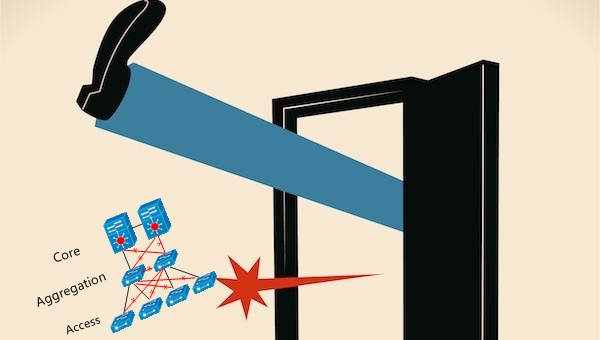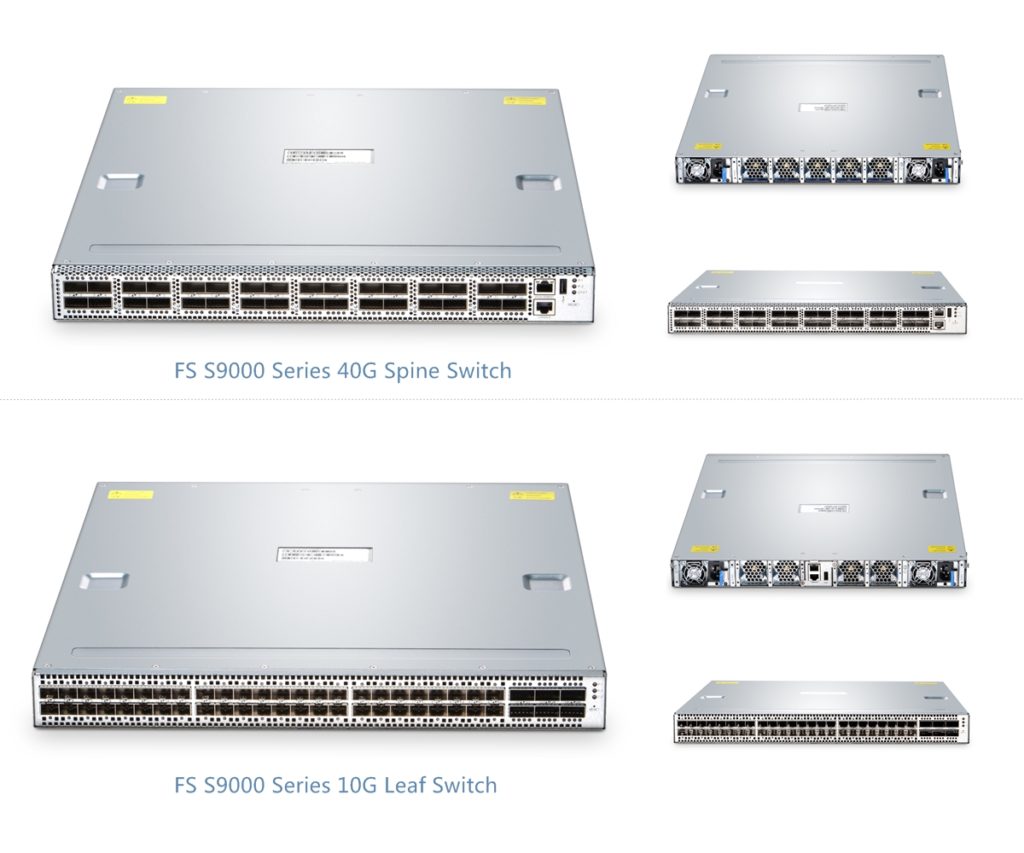In the current age of increasingly dynamic IT environments, the traditional networking equipment model is being challenged. Organizations are seeking agility, customization, and scalability in their network infrastructures to deal with escalating data traffic demands and the shift towards cloud computing. This has paved the way for the emergence of bare metal switches, white box switches, and brite box switches. Let’s explore what these different types of networking switches mean, how they compare, and which might be the best choice for your business needs.
What Is Bare Metal Switch?
A bare metal switch is a hardware device devoid of any pre-installed networking operating system (NOS). With standard components and open interfaces, these switches offer a base platform that can be transformed with software to suit the specific needs of any network. The idea behind a bare metal switch is to separate networking hardware from software, thus providing the ultimate flexibility for users to curate their network behavior according to their specific requirements.
Bare metal switches are often seen in data center environments where organizations want more control over their network, and are capable of deploying, managing, and supporting their chosen software.
What Is White Box Switch?
A white box switch takes the concept of the bare metal switch a step further. These switches come as standardized network devices typically with pre-installed, albeit minimalistic, NOS that are usually based on open standards and can be replaced or customized as needed. Users can add on or strip back functionalities to match their specific requirements, offering the ability to craft highly tailored networking environments.
The term “white box” suggests these devices come from Original Design Manufacturers (ODMs) that produce the underlying hardware for numerous brands. These are then sold either directly through the ODM or via third-party vendors without any brand-specific features or markup.
Bare Metal Switch vs White Box Switch
While Bare Metal and White Box Switches are frequently used interchangeably, distinctions lie in their offerings and use cases. Bare Metal Switches prioritize hardware, leaving software choices entirely in the hands of the end-user. In contrast, White Box Switches lean towards a complete solution—hardware potentially coupled with basic software, providing a foundation which can be extensively customized or used out-of-the-box with the provided NOS. The choice between the two hinges on the level of control an IT department wants over its networking software coupled with the necessity of precise hardware specifications.
What is Brite Box Switch?
Brite Box Switches serve as a bridge between the traditional and the modern, between proprietary and open networking. In essence, Brite box switches are white box solutions delivered by established networking brands. They provide the lower-cost hardware of a white box solution but with the added benefit of the brand’s software, support, and ecosystem. For businesses that are hesitant about delving into a purely open environment due to perceived risks or support concerns, brite boxes present a middling ground.
Brite box solutions tend to be best suited to enterprises that prefer the backing of big vendor support without giving up the cost and flexibility advantages offered by white and bare metal alternatives.
Comparison Between Bare Metal Switch, White Box Switch and Brite Box Switch
Here is a comparative look at the characteristics of Bare Metal Switches, White Box Switches, and Brite Box Switches:
| Feature | Bare Metal Switch | White Box Switch | Brite Box Switch |
| Definition | Hardware sold without a pre-installed OS | Standardized hardware with optional NOS | Brand-labeled white box hardware with vendor support |
| Operating System | No OS; user installs their choice | Optional pre-installed open NOS | Pre-installed open NOS, often with vendor branding |
| Hardware Configuration | Standard open hardware from ODMs; users can customize configurations. | Standard open hardware from ODMs with added flexibility of configurations. | Standard open hardware, sometimes with added specifications from the vendor. |
| Cost | Lower due to no licensing for OS | Generally lowest cost option | Higher than white box, but less than proprietary |
| Flexibility & Control | High | High | Moderate |
| Integration | Requires skilled IT to integrate | Ideal for highly customized environments | Easier; typically integrates with vendor ecosystem |
| Reliability/Support | Relies on third-party NOS support | Self-support | Vendor-provided support services |
When choosing the right networking switch, it’s vital to consider the specific needs, technical expertise, and strategic goals of your organization. Bare metal switches cater to those who want full control and have the capacity to handle their own support and software management. White box switches offer a balance between cost-effectiveness and ease of deployment. In contrast, brite box switches serve businesses looking for trusted vendor support with a tinge of openness found in white box solutions.
Leading Provider of Open Networking Infrastructure Solutions
FS (www.fs.com) is a global provider of ICT network products and solutions, serving data centers, enterprises, and telecom networks around the world. At present, FS offers open network switches compatible with PicOS®, ranging from 1G to 400G, customers can procure the PicOS®, PicOS-V, and the AmpCon™, along with comprehensive service support, through FS. Their commitment to customer-driven solutions aligns well with the ethos of open networking, making them a trusted partner for enterprises stepping into the future of open infrastructure.


